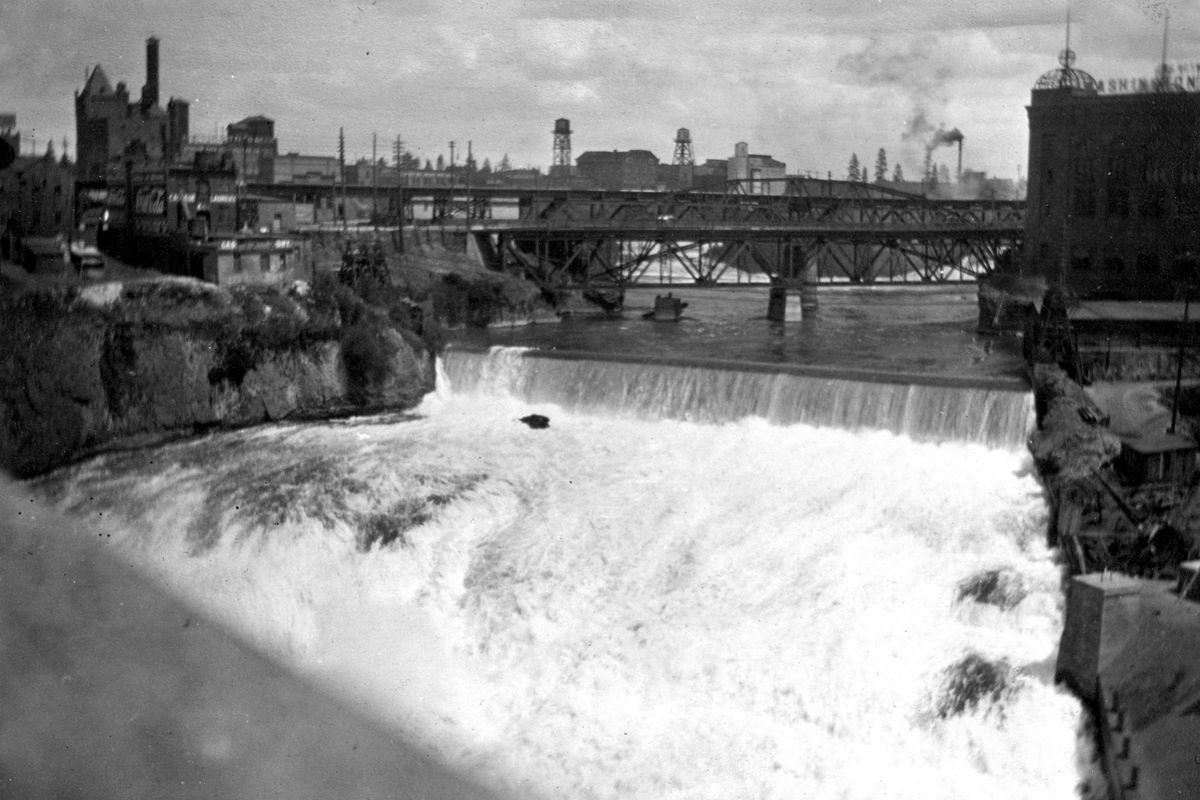Then & Now: Harnessing water’s power changed the region

From the Monroe Street Bridge, the lower falls of the Spokane River can be seen crashing over a level, manmade spillway that symbolizes the need to harness water to produce power. Early settlers focused on powering lumber and flour mills, but from the early 1880s, entrepreneurs experimented with Thomas Edison’s invention, the water-powered generator. Because of the falls, Spokane was one of the first cities in the Northwest with electric streetlights. In 1890, a year after a fire destroyed much of downtown, a new company called Washington Water Power completed the Monroe Street Project, which formed the spillway and a generation plant along the river. Soon the waters of the river were powering mines in the Silver Valley, streetcars to outlying neighborhoods and an amusement center, new in 1895, called Natatorium Park. WWP went on to build several more dams around the region, including Post Falls. The company changed its name to Avista in 1998.
Jesse Tinsley